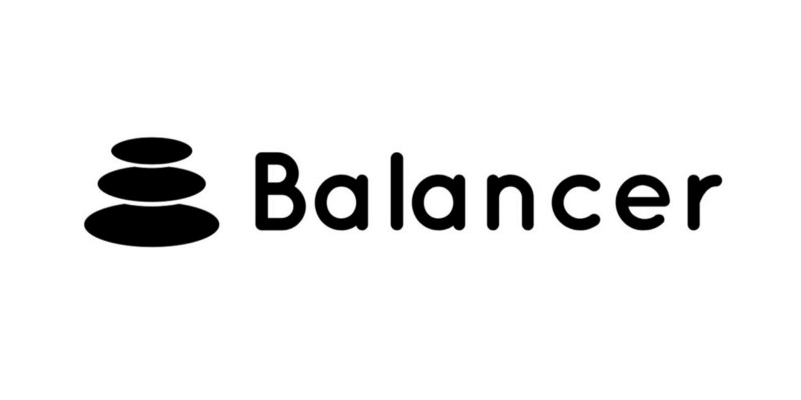In the rapidly evolving world of cryptocurrency‚ investors are constantly looking for innovative platforms and tools to optimize their investment strategies. One such platform that has gained significant attention is Balancer. This decentralized finance (DeFi) protocol allows users to create and manage liquidity pools‚ providing an efficient way to optimize investment portfolios and earn passive income. In this article‚ we will explore the key features of Balancer‚ how it works‚ and strategies to enhance your crypto investments.
What is Balancer?
Balancer is an automated portfolio manager and liquidity provider built on the Ethereum blockchain. It enables users to create custom liquidity pools comprising multiple tokens with varying weights. This flexibility allows for a more personalized investment strategy compared to traditional liquidity pools found in other decentralized exchanges (DEXs).
Key Features of Balancer
- Customizable Pools: Users can create pools with up to eight different tokens and assign custom weights to each token‚ allowing for tailored risk and return profiles.
- Automated Market Making: Balancer uses an automated market-making algorithm that adjusts prices based on supply and demand‚ ensuring liquidity and competitive pricing.
- Passive Income Generation: By providing liquidity to pools‚ users can earn trading fees and BAL tokens‚ Balancer’s native governance token.
- Smart Order Routing: Balancer’s protocol optimizes trades across multiple pools‚ ensuring users get the best prices and lowest slippage.
- Governance: BAL token holders can participate in governance decisions‚ influencing the future direction of the Balancer protocol.

How Does Balancer Work?
Balancer operates on the principle of decentralized autonomous organizations (DAOs) and smart contracts. Here’s a simplified breakdown of how it works:
- Create a Liquidity Pool: Users can create a pool by selecting the tokens they want to include and assigning weights to each token. For example‚ a user could create a pool with 50% ETH and 50% DAI.
- Liquidity Provision: Once the pool is created‚ other users can add liquidity by depositing tokens into the pool‚ earning fees on trades that occur within it.
- Trading: Traders can swap tokens directly within the Balancer pools. The smart contract manages the pricing and liquidity automatically‚ ensuring efficiency.
- Fee Distribution: The trading fees generated from transactions are distributed to liquidity providers based on their share of the pool.
- Rebalancing: Balancer automatically adjusts the weights of the tokens to maintain the desired proportions‚ providing a self-balancing investment strategy.
Optimizing Your Investments with Balancer
Using Balancer effectively requires an understanding of investment strategies and how to leverage its unique features. Here are some strategies to consider:
1. Diversification of Assets
By creating a Balancer pool that includes multiple cryptocurrencies‚ investors can diversify their portfolios and mitigate risks. A well-diversified pool may contain stablecoins‚ large-cap cryptocurrencies‚ and emerging tokens‚ balancing potential returns with risk management;
2. Utilizing Stablecoins
In times of market volatility‚ incorporating stablecoins into your Balancer pools can provide a safe haven for your assets. Stablecoins can help reduce overall portfolio volatility while still allowing you to earn fees when trading occurs in the pool.
3. Yield Farming
By providing liquidity to Balancer pools‚ investors can earn trading fees and additional BAL tokens. This yield farming strategy can enhance overall returns and provide a passive income stream.
4. Active Management
Investors can actively manage their Balancer pools by regularly rebalancing their token weights based on market conditions. This proactive approach can maximize returns and minimize risks in a constantly changing market.
5. Participating in Governance
Holding BAL tokens not only allows you to earn fees but also gives you a voice in the Balancer ecosystem. Participating in governance can help influence the protocol’s future developments‚ which may lead to improved investment opportunities.
Risks of Using Balancer
While Balancer offers numerous advantages‚ it is essential to be aware of the associated risks:
- Impermanent Loss: Providing liquidity can expose investors to impermanent loss‚ which occurs when the value of deposited assets changes compared to holding them directly.
- Smart Contract Risks: As with any DeFi protocol‚ there is a risk of bugs or vulnerabilities in smart contracts that could lead to financial losses.
- Market Volatility: The crypto market is highly volatile‚ and investments can fluctuate significantly in value.
Balancer is a powerful platform that enables investors to optimize their cryptocurrency investments through customizable liquidity pools and automated market making. By understanding its features and employing effective investment strategies‚ users can enhance their portfolios and create new income streams. However‚ as with any investment‚ it is crucial to conduct thorough research and understand the risks involved. With the right approach‚ Balancer can be a valuable tool in your crypto investment arsenal.
As the cryptocurrency landscape continues to evolve‚ platforms like Balancer will play a vital role in shaping how investors interact with digital assets. Embrace the opportunities that Balancer provides‚ and take your investment strategy to the next level.









